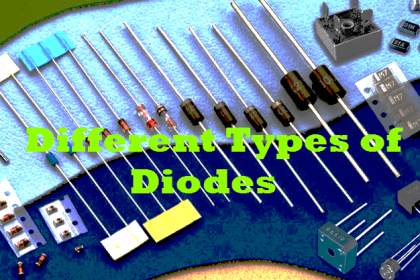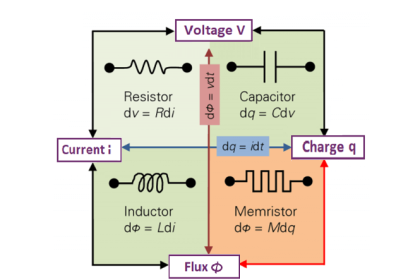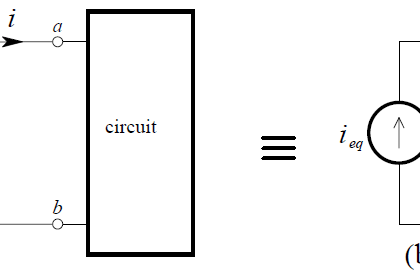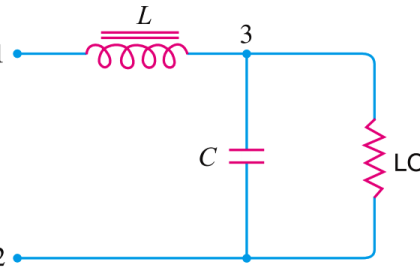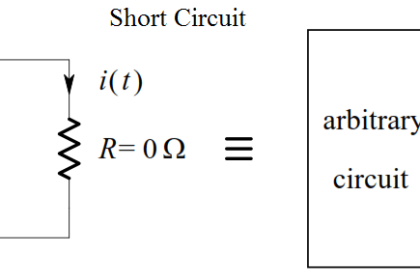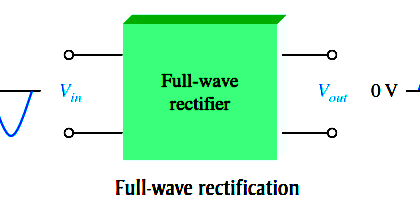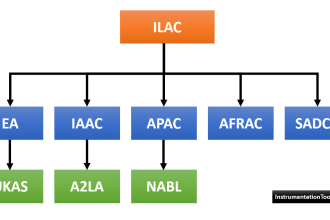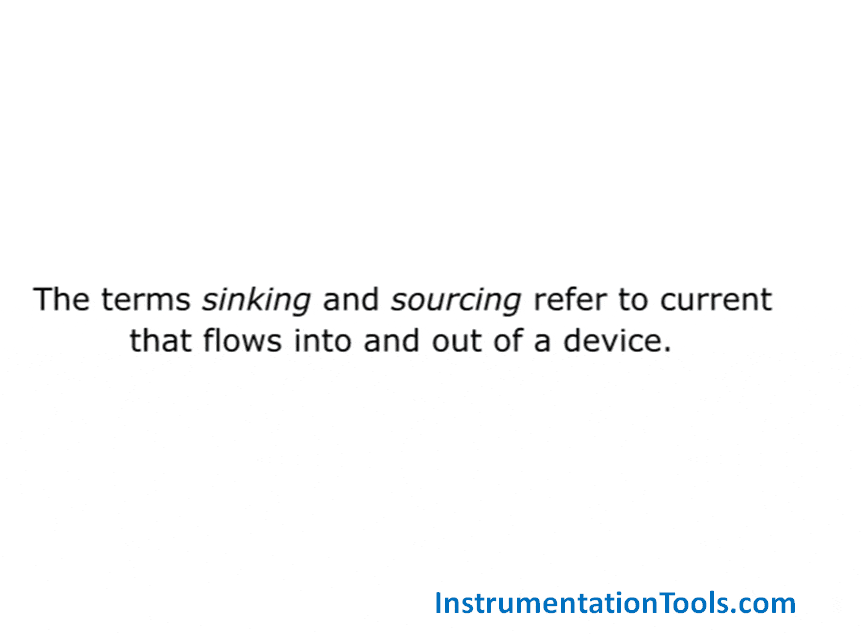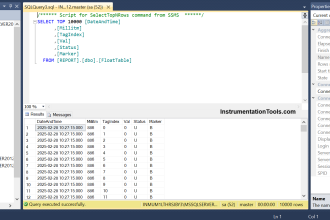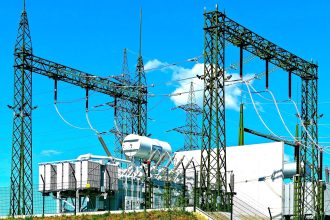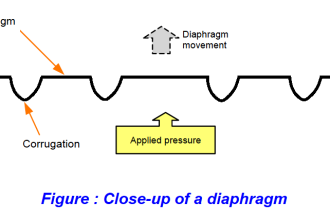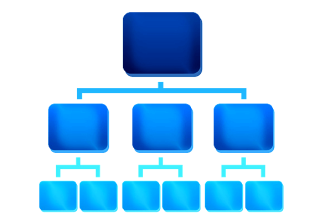A photodiode is a semiconductor device that converts light into current. The current is generated when photons are absorbed in the photodiode. A small amount of current is also produced when no light is present. Photodiodes may contain optical filters, built-in lenses, and may have large or small surface areas. Photodiodes usually have a slower response time as their surface area increases. The common, traditional solar cell used to generate electric solar power is a large area photodiode.
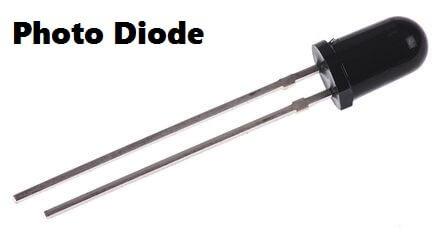
Operation of a photodiode
The Below Figure illustrates that the photodiode allows essentially no reverse current (except for a very small dark current) when there is no incident light. When a light beam strikes the photodiode, it conducts an amount of reverse current that is proportional to the light intensity (irradiance).
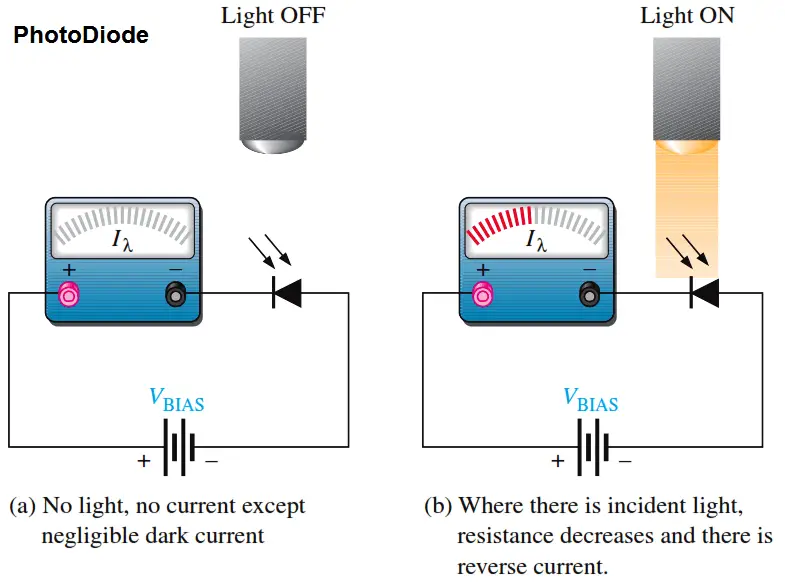
A photodiode differs from a rectifier diode in that when its pn junction is exposed to light, the reverse current increases with the light intensity. When there is no incident light, the reverse current, I, is almost negligible and is called the dark current. An increase in the amount of light intensity, expressed as irradiance (mW/cm2), produces an increase in the reverse current
Advantages
- Low resistance
- Very good spectral response
- Fastest photo detector
Disadvantages
- Light sensitive device
- Dark current increased with temperature
- Should not exceed the working temperature limit specified by the manufactures.
Applications
- Light detector
- Demodulators
- Encoders
- Optical communication system
- High speed counting and switching circuits
- Computer punching cards and tapes
- Light operated switches
- Sound track films
- Electronic control circuits
